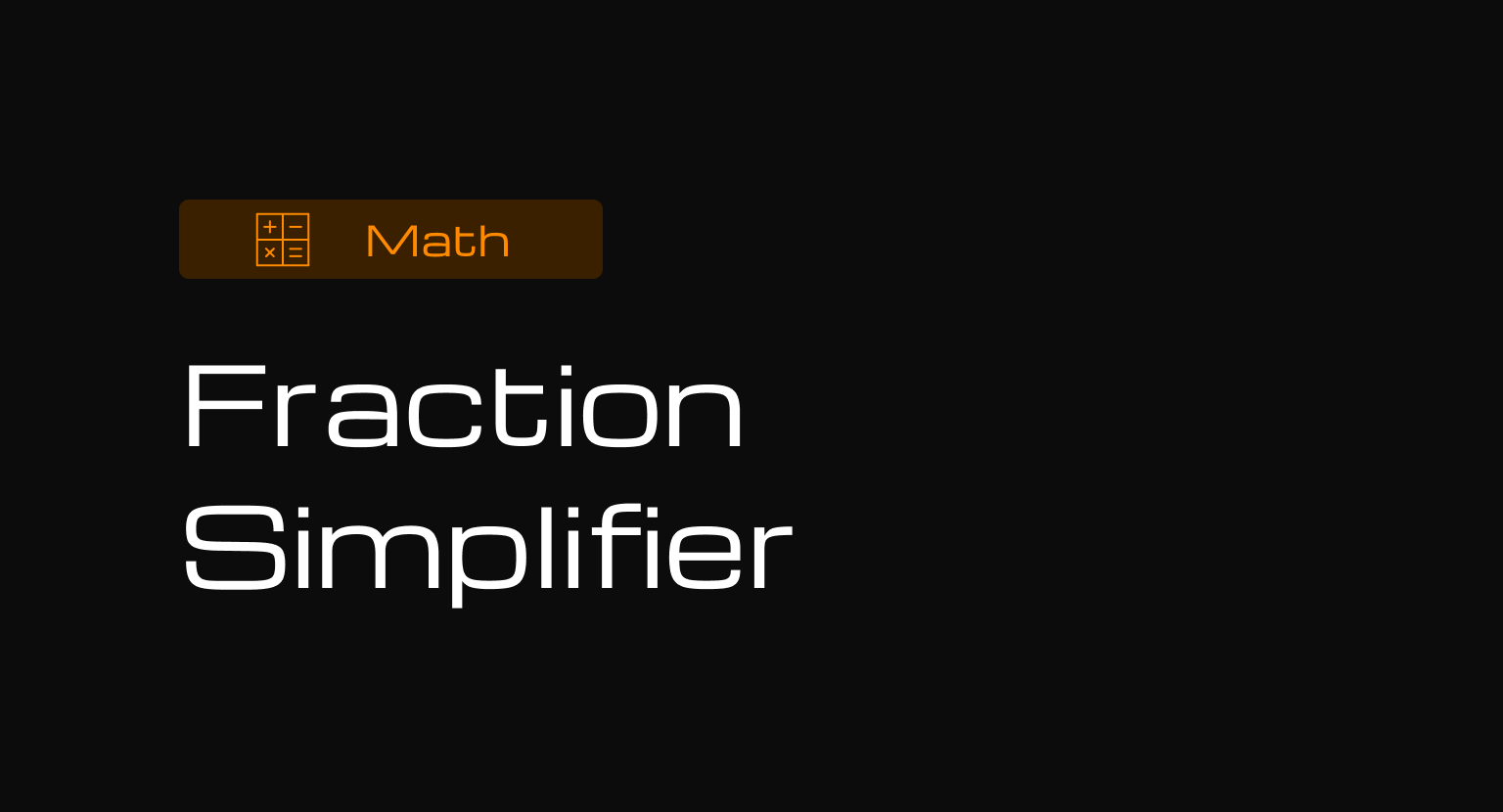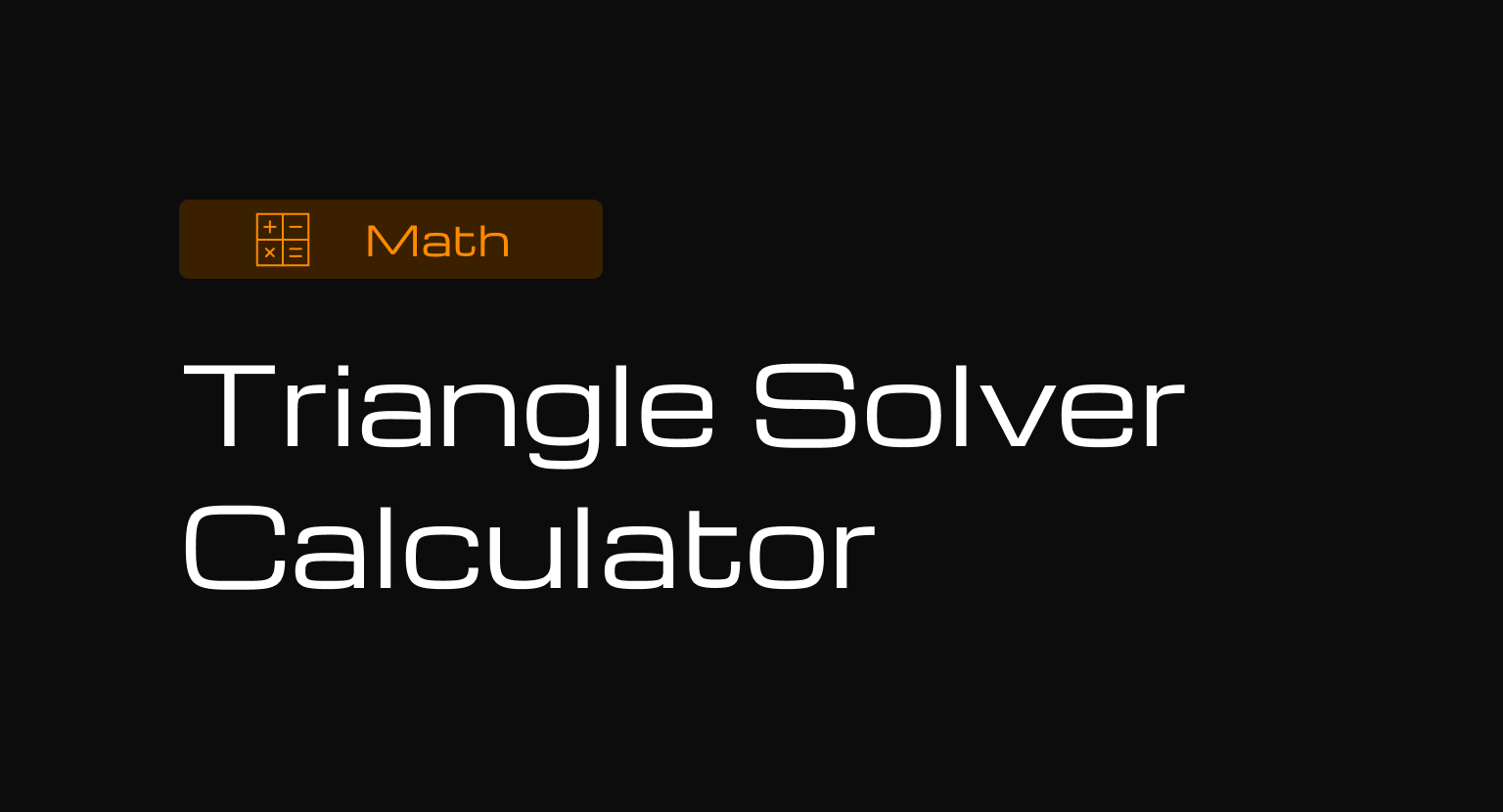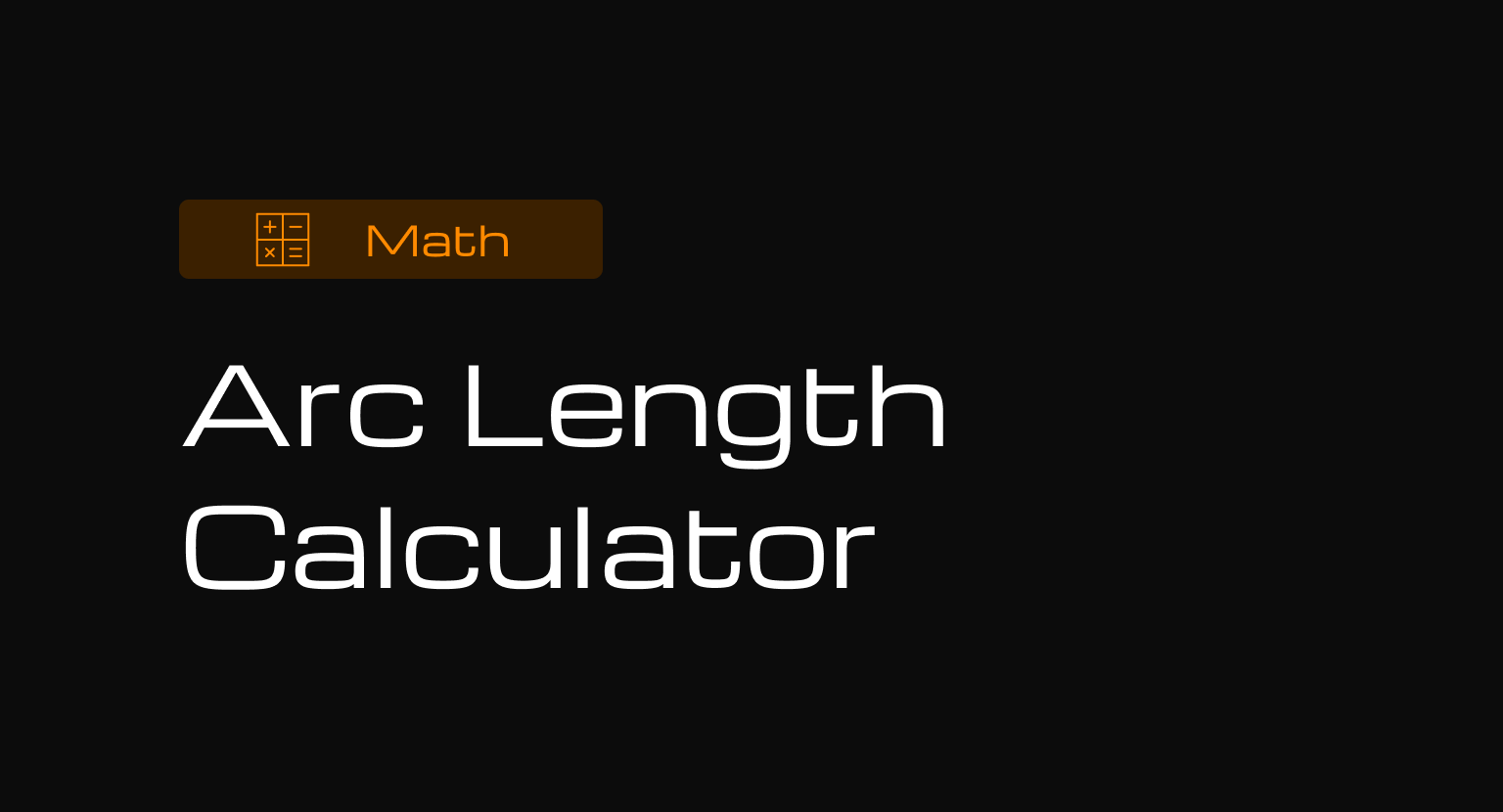Decimal to Fraction Calculator
Easily convert decimals to fractions with step-by-step solutions. See the full calculation process and learn how to do it yourself!
How to Convert Decimals to Fractions: A Complete Guide
Converting decimals to fractions is a fundamental math skill with practical applications in everyday life, from cooking and construction to finance and science. Our Decimal to Fraction Calculator makes this conversion process quick and easy, providing step-by-step explanations to help you understand the mathematical principles behind each conversion.
How to Use the Decimal to Fraction Calculator
Using our calculator is straightforward:
- Enter your decimal number in the input field (for example, 0.75, 3.125, or -2.45)
- Click the “Convert to Fraction” button
- Review your results, which include:
- The simplified fraction equivalent
- A detailed step-by-step explanation of the conversion process
The calculator handles both positive and negative decimals, as well as whole numbers and mixed numbers with equal precision.
Understanding Decimals and Fractions
What Are Decimals?
A decimal is a way to represent parts of a whole using the base-10 number system. The digits to the right of the decimal point represent tenths, hundredths, thousandths, and so on. For example, in 3.14:
- 3 represents the whole number
- 1 represents one-tenth (1/10)
- 4 represents four-hundredths (4/100)
What Are Fractions?
A fraction represents a part of a whole using two numbers: a numerator (top number) and a denominator (bottom number). The numerator tells us how many parts we have, while the denominator tells us how many equal parts make up the whole. For example, in 3/4:
- 3 is the numerator (three parts)
- 4 is the denominator (out of four equal parts)
The Decimal to Fraction Conversion Process
Converting Terminating Decimals
Converting a terminating decimal (a decimal that ends) to a fraction involves these key steps:
- Identify the number of decimal places For example, 0.25 has two decimal places.
- Multiply by the appropriate power of 10 For 0.25, multiply by 10² (100) to get 25/100.
- Simplify the fraction Divide both the numerator and denominator by their greatest common divisor (GCD). For 25/100, the GCD is 25, so the simplified fraction is 1/4.
Example: Converting 0.625 to a Fraction
Let’s convert 0.625 to a fraction:
- 0.625 has three decimal places
- Multiply by 10³ (1000) to get 625/1000
- Find the GCD of 625 and 1000, which is 125
- Divide both numbers by 125: 625 ÷ 125 = 5 and 1000 ÷ 125 = 8
- The simplified fraction is 5/8
Converting Recurring Decimals
Recurring decimals (those with repeating patterns) require a different approach:
- Identify the repeating pattern For example, in 0.333… (written as 0.3̄), the digit 3 repeats indefinitely.
- Set up an equation with variables Let x = 0.333… Multiply both sides by the appropriate power of 10 to shift the decimal point Subtract the original equation Solve for x
Example: Converting 0.333… to a Fraction
Let’s convert 0.333… to a fraction:
- Let x = 0.333…
- Multiply both sides by 10: 10x = 3.333…
- Subtract the original equation: 10x – x = 3.333… – 0.333…
- Simplify: 9x = 3
- Solve for x: x = 3/9 = 1/3
Practical Applications of Decimal-to-Fraction Conversions
Cooking and Baking
Many recipes use both decimals and fractions. Converting between them helps when:
- Scaling recipes up or down
- Converting between measurement systems
- Understanding ingredient ratios
For example, if a recipe calls for 0.75 cups of flour, knowing this equals 3/4 cup makes measuring easier with standard measuring cups.
Construction and Woodworking
In construction and woodworking, measurements are often given in fractions of an inch. Converting decimal measurements to fractions helps when:
- Reading plans and blueprints
- Taking precise measurements
- Selecting the right drill bit or wrench size
For instance, if a digital measuring tool shows 0.625 inches, knowing this equals 5/8 inch helps select the correct tool.
Finance and Money
Financial calculations often result in decimal values that need to be expressed as fractions:
- Understanding interest rates (0.05 = 1/20 = 5%)
- Calculating discounts and sale prices
- Working with financial ratios
Common Challenges and Solutions
Working with Mixed Numbers
When converting decimals greater than 1 (like 3.25), first separate the whole number:
- Separate: 3.25 = 3 + 0.25
- Convert the decimal part: 0.25 = 1/4
- Combine: 3.25 = 3 1/4
Handling Negative Decimals
For negative decimals, follow the same process but keep the negative sign:
- Convert the absolute value: |-0.75| = 0.75 = 3/4
- Apply the sign: -0.75 = -3/4
FAQ About Decimal to Fraction Conversion
H4: What is the fraction for 0.5?
0.5 converts to 1/2. Since 0.5 has one decimal place, multiply by 10 to get 5/10, then simplify by dividing both numbers by 5 to get 1/2.
H4: How do you convert 0.33 to a fraction?
0.33 has two decimal places, so multiply by 100 to get 33/100. The GCD of 33 and 100 is 1, so the simplified fraction is 33/100.
H4: What’s the difference between 1/3 and 0.333?
1/3 equals exactly 0.333… (with 3 repeating infinitely). The decimal 0.333 (with just three 3’s) is an approximation of 1/3 and actually equals 333/1000.
H4: How do you convert 2.75 to a mixed number?
Separate 2.75 into 2 + 0.75. Convert 0.75 to 3/4 (multiply by 100 to get 75/100, then simplify). The mixed number is 2 3/4.
H4: Can all decimals be converted to fractions?
Yes, all decimals can be converted to fractions. Terminating decimals convert to fractions with denominators that are powers of 10 or their factors. Repeating decimals convert to fractions through algebraic methods.
Conclusion
Learning to convert decimals to fractions opens up a world of practical math skills. Our Decimal to Fraction Calculator makes this process accessible to everyone, whether you’re a student, homeowner, or cooking enthusiast.
Our Decimal to Fraction Calculator provides not just quick conversions but also educational insights into the mathematical process. By practicing these conversions and understanding the underlying principles, you’ll develop a deeper appreciation for numbers and their diverse representations.
Remember that both decimals and fractions are simply different ways of expressing the same value—neither is inherently better, but each has advantages in different contexts. Mastering both forms gives you the power to choose the most convenient representation for any situation.


